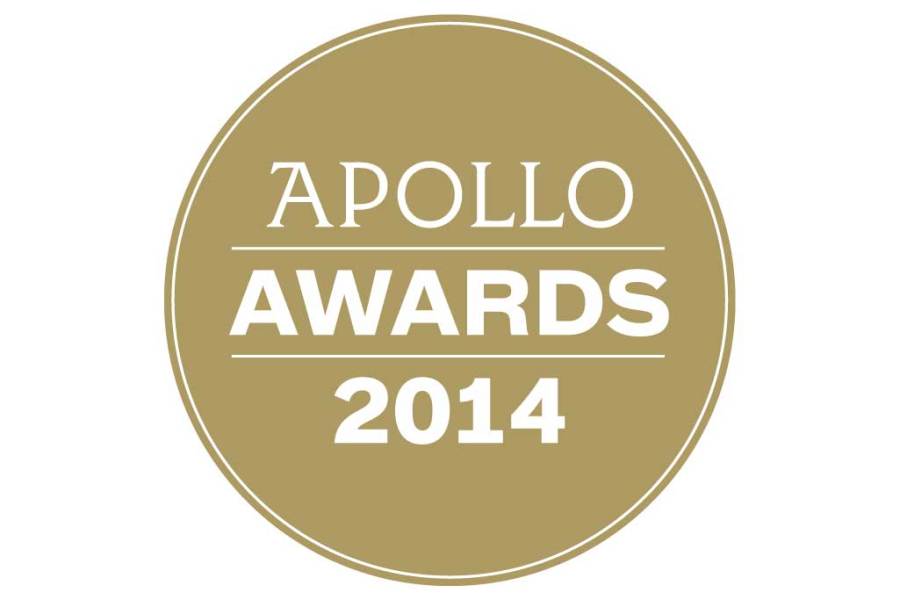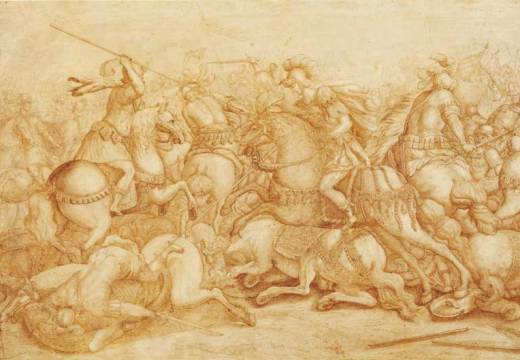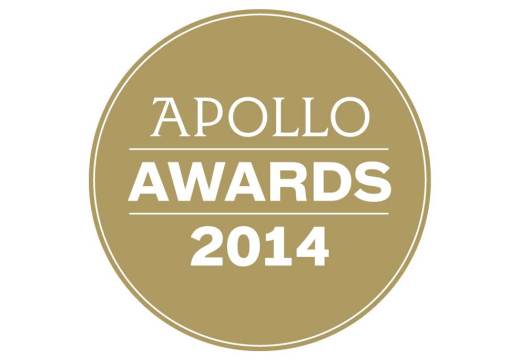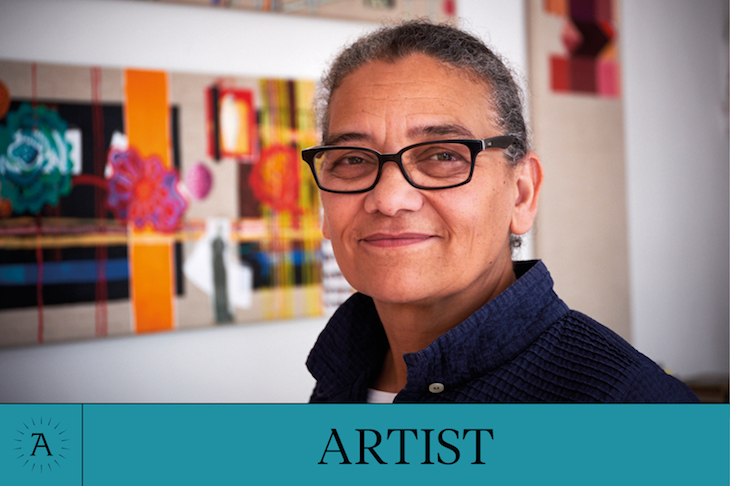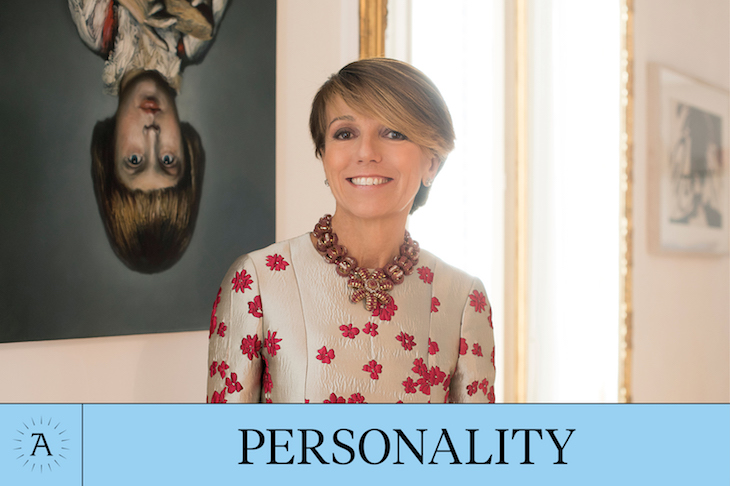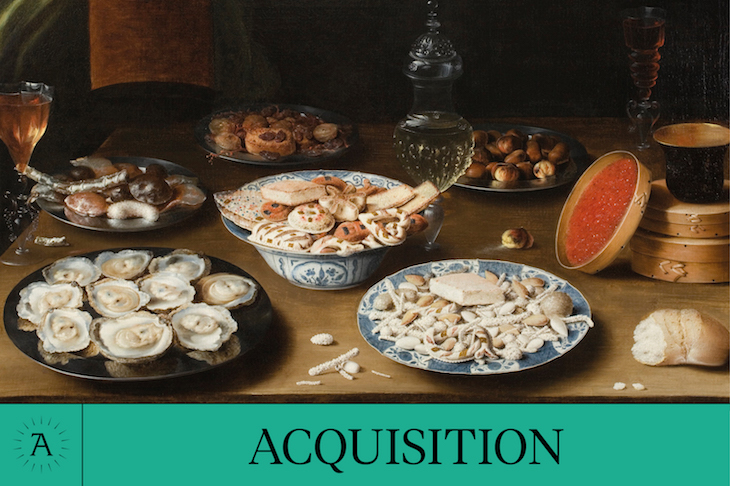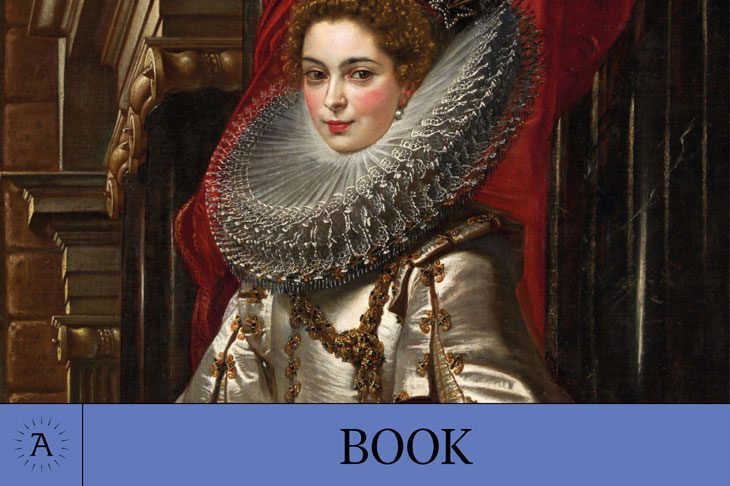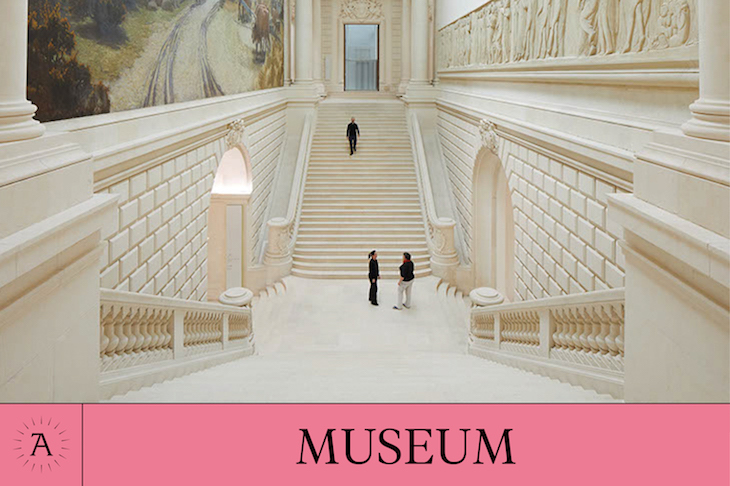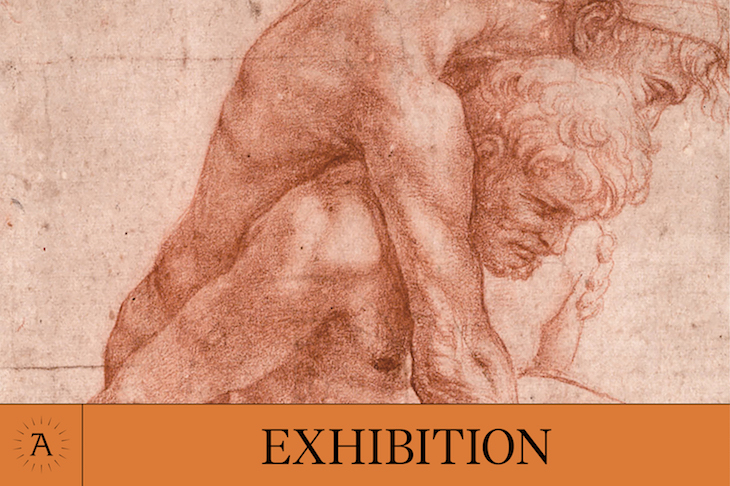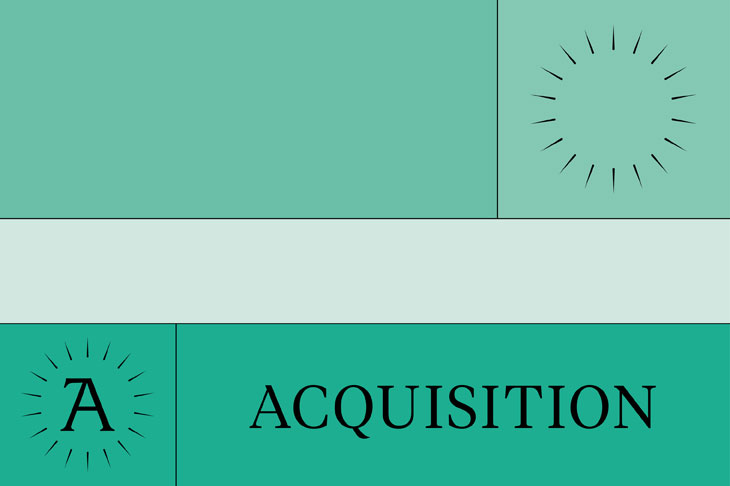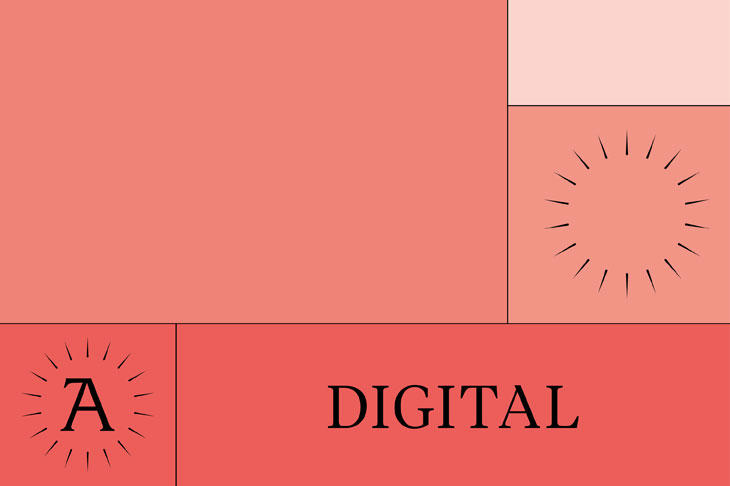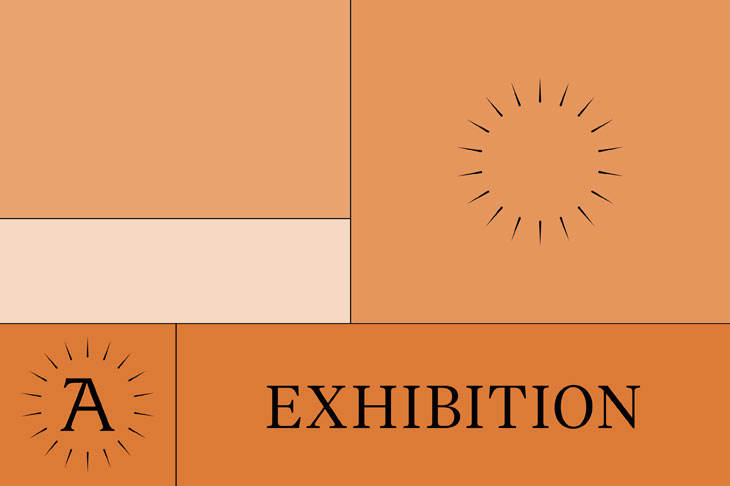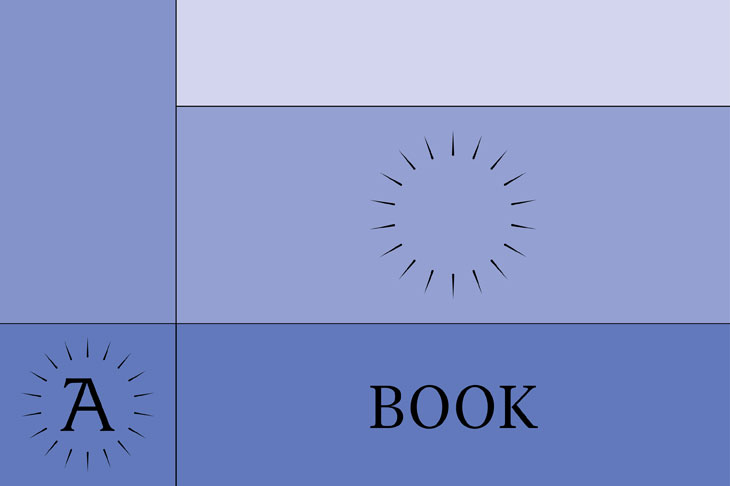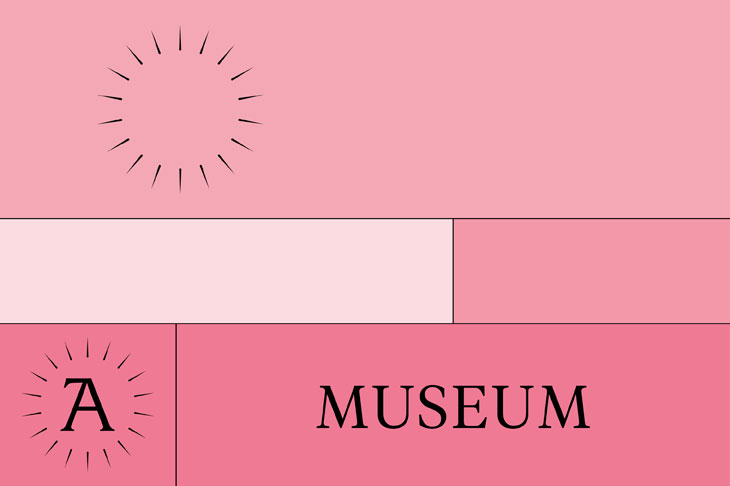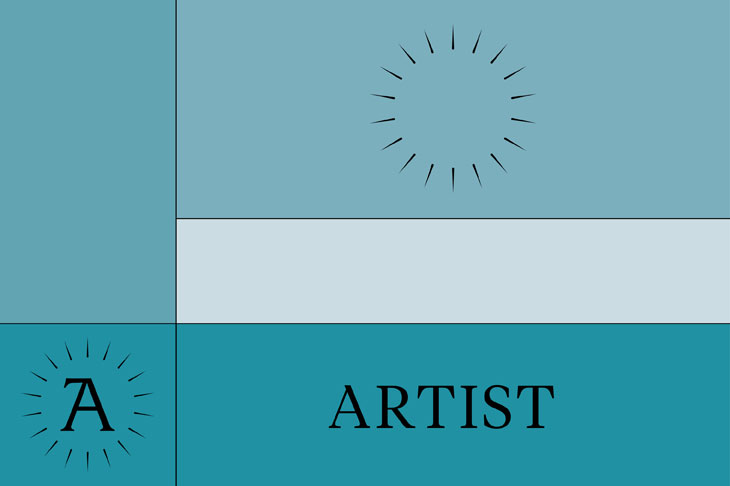Factum Foundation
www.factumfoundation.org
View the Shortlist
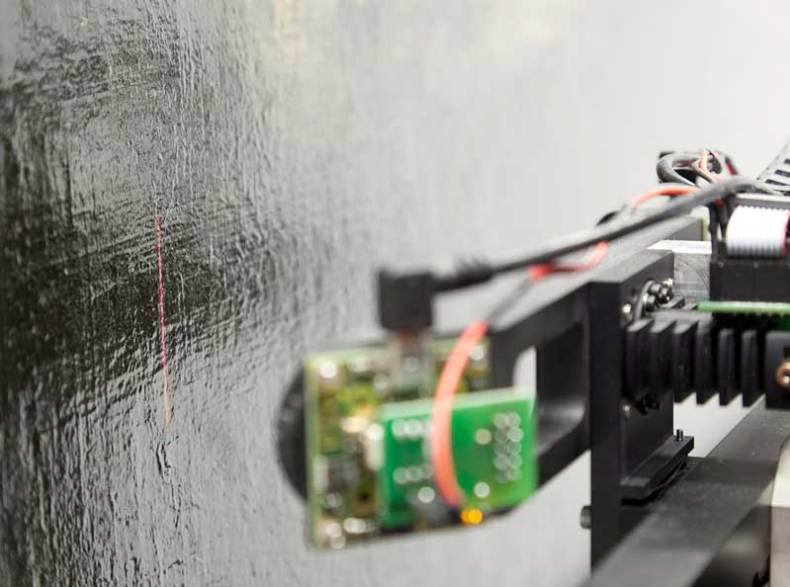
The Lucida 3D Scanner, developed by Manuel Franquelo, can capture dark, glossy surfaces such as varnished paintings. Photo: © Alicia Guirao. Courtesy Factum Arte
Apollo Award Winners 2014
Personality | Artist | Museum Opening | Exhibition | Book | Digital Innovation | Acquisition
Since the end of April this year, visitors to the Valley of the Kings in Egypt have been able to see two versions – the original and a facsimile – of the burial chamber of Tutankhamun. The facsimile, made by Factum Arte and funded by its sister organisation Factum Foundation, arrived in Egypt in November 2012, 90 years to the month after Howard Carter unsealed the 3,000-year-old tomb; in spring the copy moved to Luxor, to a site next to Carter’s house, now a museum, which sits at the entrance to the Valley.
The plan to make a copy and to close the original chamber to the public (probably in 2015) is the result of a collaboration between Egypt’s Supreme Council of Antiquities, the Society of Friends of the Royal Tombs of Egypt and the University of Basel; all were concerned about the deteriorating condition of the open tombs in the Valley. In the case of Tutankhamun’s tomb, the presence of 1,000 visitors a day was raising humidity in the chamber, and daily dusting was removing paint from surfaces. The site was a perfect example of the ongoing conflict between access and conservation. As James Macmillan-Scott, president of the Factum Foundation explains, ‘When we discovered it was being completely destroyed by people going there to enjoy it, the irony of that seemed to be something that we needed to deal with.’
Factum Arte, which is based in Madrid and Bologna, was founded by the British artist Adam Lowe in 2001. After success as a painter, Lowe became interested in the technical challenges of conservation and fabrication and the company he set up with Spanish artist Manuel Franquelo now makes work for many well-known artists, including Anish Kapoor and Marc Quinn. As the company’s profile grew, so did Lowe’s interest in conservation. He set up the Foundation in 2009 and, according to Macmillan-Scott, the structure of the business is simple: ‘Adam is an extraordinarily clever human being who finds ways of doing things for many artists, and the profits that are made by Factum Arte support the Foundation.’ While Factum Arte can be working on about 70 to 100 projects at a time, the Foundation, says Macmillan-Scott, ‘normally has about 10 projects on the run’ and works only with ‘advanced technology in the conservation of our heritage’.
Tutankhamun’s burial chamber is perhaps the best example so far of how Factum is documenting works of art with the most advanced methods currently available. The most important element of this strategy
is the Lucida 3D Scanner, which was developed by Manuel Franquelo, especially for Factum’s work in Egypt. The scanner can capture the relief of surfaces, light and dark, and a range of finishes. Crucially, it records the data as raw video with its own recording software – so that the information doesn’t have to be exported in a lower resolution (which is what all other scanners currently do). The ability to record surfaces as closely as this also allows for a new examination of fragile paintings and documents by scholars. Last year Factum scanned the Hereford Mappa Mundi, which is kept in a sealed glass case that is only opened once every two years. In 2007 it installed a copy of Veronese’s Wedding at Cana (1563), now owned by the Louvre, in its original home of San Giorgio di Maggiore in Venice.
Remarkably, the Foundation is willing to make Factum Arte’s software and hardware available to anyone who wants it. Macmillan-Scott says, ‘We’re not jealous of anything and if somebody wants to come along and copy it, they can.’ Factum is now making a facsimile of the tomb of Seti I, which is 50 times as big as Tutankhamun’s; it has also just signed an agreement with the Lebanese government heritage agency to work in Baalbec. The Foundation is also busy raising money to give scanners to museums that want to record what they have. Macmillan-Scott says, ‘What we’re doing is helping preserve wonderful things and if we can get more people to do it, the better…We don’t have to do it ourselves.’
Fatema Ahmed is the deputy editor of Apollo
Related Articles:
‘Diverse Maniere: Piranesi, Fantasy and Excess’ at Sir John Soane’s Museum (A Factum Arte Project)
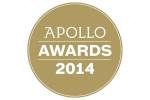
The Apollo Awards 2014
Personality | Artist | Museum Opening | Exhibition | Book | Digital Innovation | Acquisition
Unlimited access from just $16 every 3 months
Subscribe to get unlimited and exclusive access to the top art stories, interviews and exhibition reviews.

